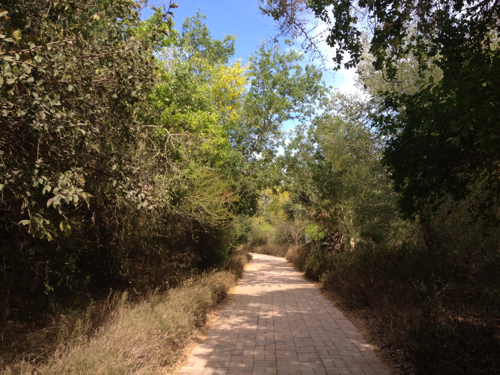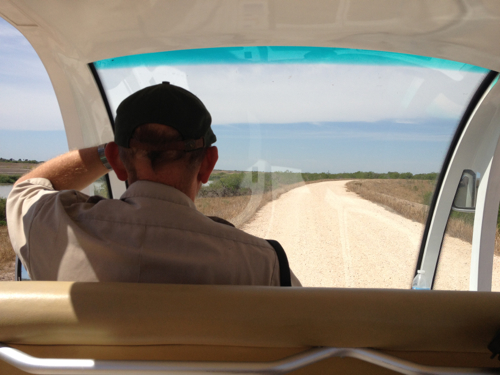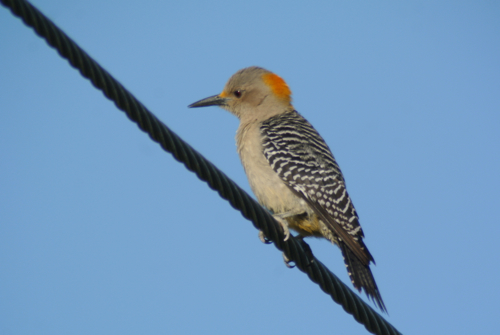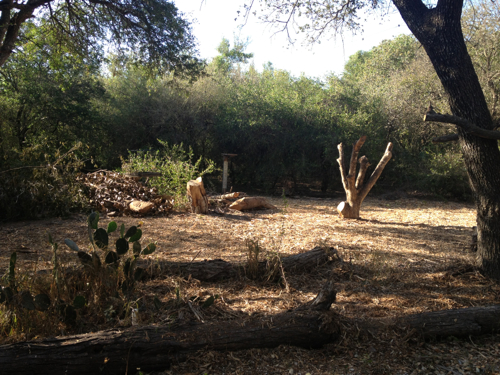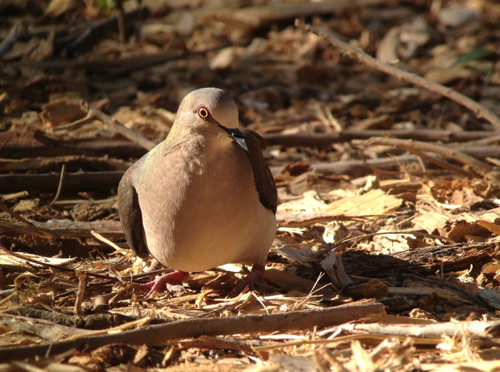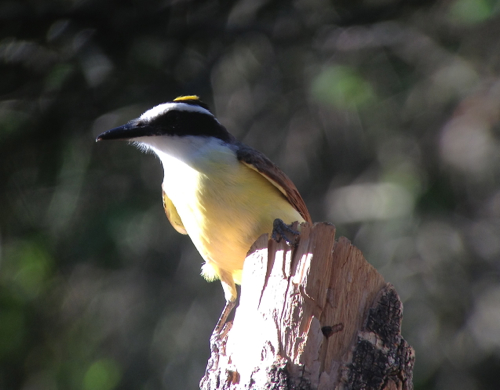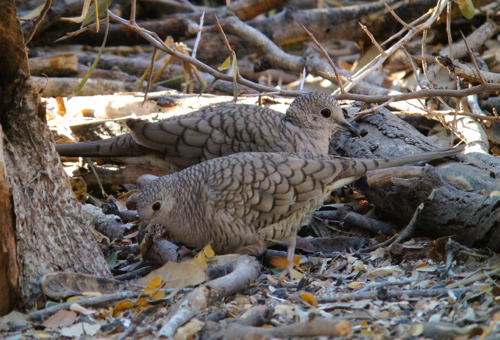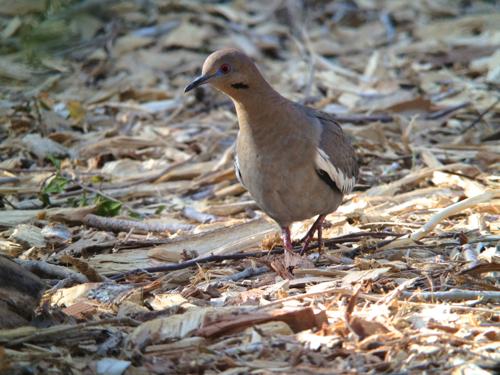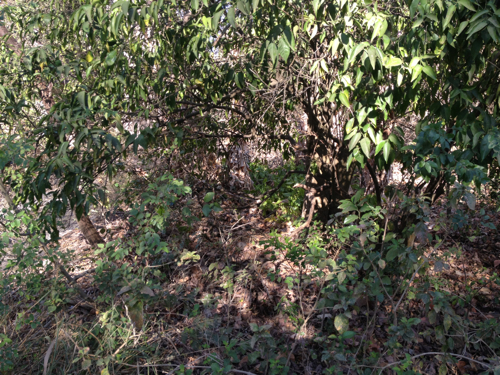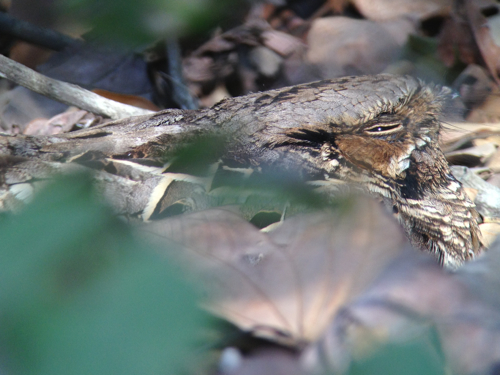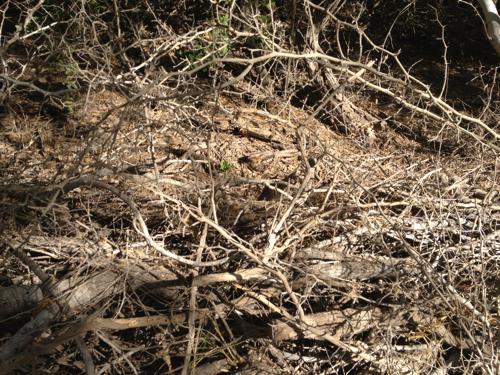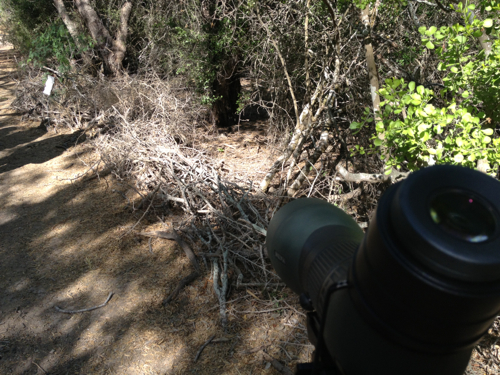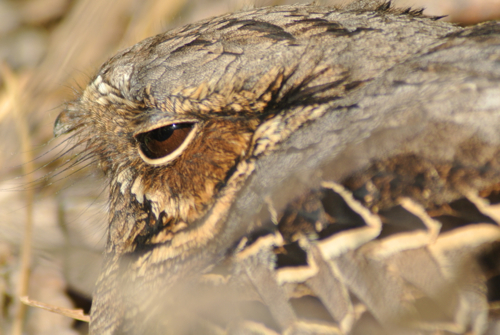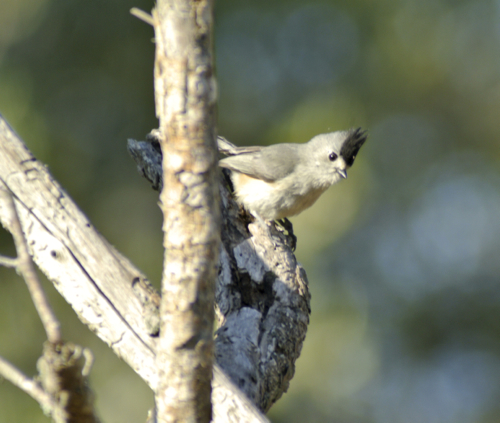I am both incredibly excited and a little nervous about my current spring travel schedule. It is action and birding packed but wow, it's a lot. Last week I was a guest speaker at Quinta Mazatlan but you can't go to the Rio Grande Valley for just a day. If you're going to head down, you want to take advantage of the tremendous birding opportunities. However, the day before I left for the valley...I was running around my apartment tying up loose work ends, booking future travel, packing, etc when I wasn't paying attention to where I was walking and slammed my little toe into the corner of one of our many bookshelves. Yes...I know what you're thinking. Ow. So here's a text exchange that immediately occured between Non Birding Bill and I (he was out writing at a coffee shop):
I can't believe NBB wasn't willing to watch a couple of YouTube videos demonstrating how to realign my toe. Ha. So we went off to a clinic where my doctor said, "It's not dislocated, it's either bruised, but most likely broken. Either way, you need to stay off it for the next four days and ice it for 20 minutes every two hours for twenty minutes."
But...but...but...I have a 5K at the end of the month and I'm going to Texas for a week tomorrow (insert stern doctor look here). So wildlife drives for me it would be. This time my goal was to try and visit places I haven't visited before in RGV...or at least in a long time. However, I cannot visit this area without at least a day at Estero Llano Grande State Park. Just a stroll down this path to the deck instantly relaxes me--especially as winter holds on long and fast as if it's been taking advice from Ned Stark. So after months of monochrome cold white and gray, I'll gladly squee over green and a mere 80 degrees. Estero is arguably one of the best spots to start your south Texas birding adventure the first time you visit. They have a deck with wifi and a great view of water and I thought maybe I could hang out there and digiscope. My toe wasn't too bad and I could do some walking but I knew that wouldn't be the best way for it heal.
On the deck I ran into Ranger John Yochum who I have met before on my Texas travels. He said his school group had cancelled and if I wanted, he'd give me a personal tour. I mentioned my toe and to my surprise, he insisted on giving me a tram tour! I was Miss Daisy to his Polk and he saved my toe from a lot of hurting. Thanks to him I got to do a butt load of digiscoping, which was great for my Digiscoping Big Half Year Challenge for Sax Zim Bog.
Like I said, this is a great spot to get a lot of common valley species off your list. Many of these birds will be at several parks like the above female golden-fronted woodpeckers but Estero has wetlands too.
John took me to one of the newer feeding stations. Some of the parks are figuring out that people are coming here for photos and though I don't mind taking a photo of a bird at an obvious feeder, most photographers do not, so they set up natural perches were seed, suet and fruit can be tucked away and you can get some natural looking shots.
Here's a shot of a white-tipped dove, a specialty bird in the area. I'm sure the sun is just hitting the pupil just right, but the dove kinda looks a little methed out to me.
The great kiskadee is a specialy bird here and these sassy birds will fly in for peanut butter. I had to be fast to get photos, it was migration and following the northbound songbirds were lots of accipiters and they periodically bombed through the feeding station. But if you waited a few minutes, the birds would return.
The above Inca doves. There were some common ground doves but I alas didn't get a photo.
Here's a white-winged dove (yep, like the Heart song...oops I meant Stevie Nicks, cause Amy just lovingly yelled at me in the comments. Love that woman).
Estero is a well known as a spot to get a great look at common pauraque and John took me to a different spot to find one in the tropical area. Yes, truly, there is a bird on the ground in that photo...though even I am having a dickens of a time seeing it and I was there and too this photo. Fortunately, I digiscoped it.
As John was toting me around, we saw a trio of birders that I recognized as staying at the same bed and breakfast I was lodging in. We pulled over to say hi and I asked if they had seen a pauraque yet. They hadn't. They were very casual birders and I was worried they may miss it so I asked John if they could join us in the tram and continue on with us towards more pauraques. Everybody seemed game so the tram filled up and we headed towards Alligator Lake, the known spot for pauraques.
OK in this photo, I can totally make out one of the pauraques. It's on the ground, towards the top of the photo, in the center. It's amazing how quickly someone who already knows where to find the birds like these can become a de facto guide for other birds. But I really do get a kick out of taking people to see their first pauraque and waiting for them to discern its shape on the ground. It's like one of those magic eye posters!
It took some fancy angling of the scope, but I was able to get it in.
Look at that giant beautiful frown eye! I always assumed these birds were like nighthawks, flying around high in the sky at night after aerial insects, but learned I was quite wrong. Reading up on them at Birds of North America Online, I learned that they are considered a "terrestrial feeder" and flies very little during foraging. "Appears in many locations to take most of its food by 'jumping and flopping' or rarely running on the ground....When foraging on the wing, generally makes low, short, circling sallies to the air from ground or favorite low perch on rock, stump, branch, or fence post for flying insects."
Gets its food by jumping and flopping, eh? Sounds like Thanksgiving at my family's house--HEY-O! Angela, Mom, Terri, if you actually read this, I kid, I kid.
I'm going to try and divide up some of my Estero adventures in more posts. I have too many photos for one post at this spot and I have to get dressed and go work at the park service.


